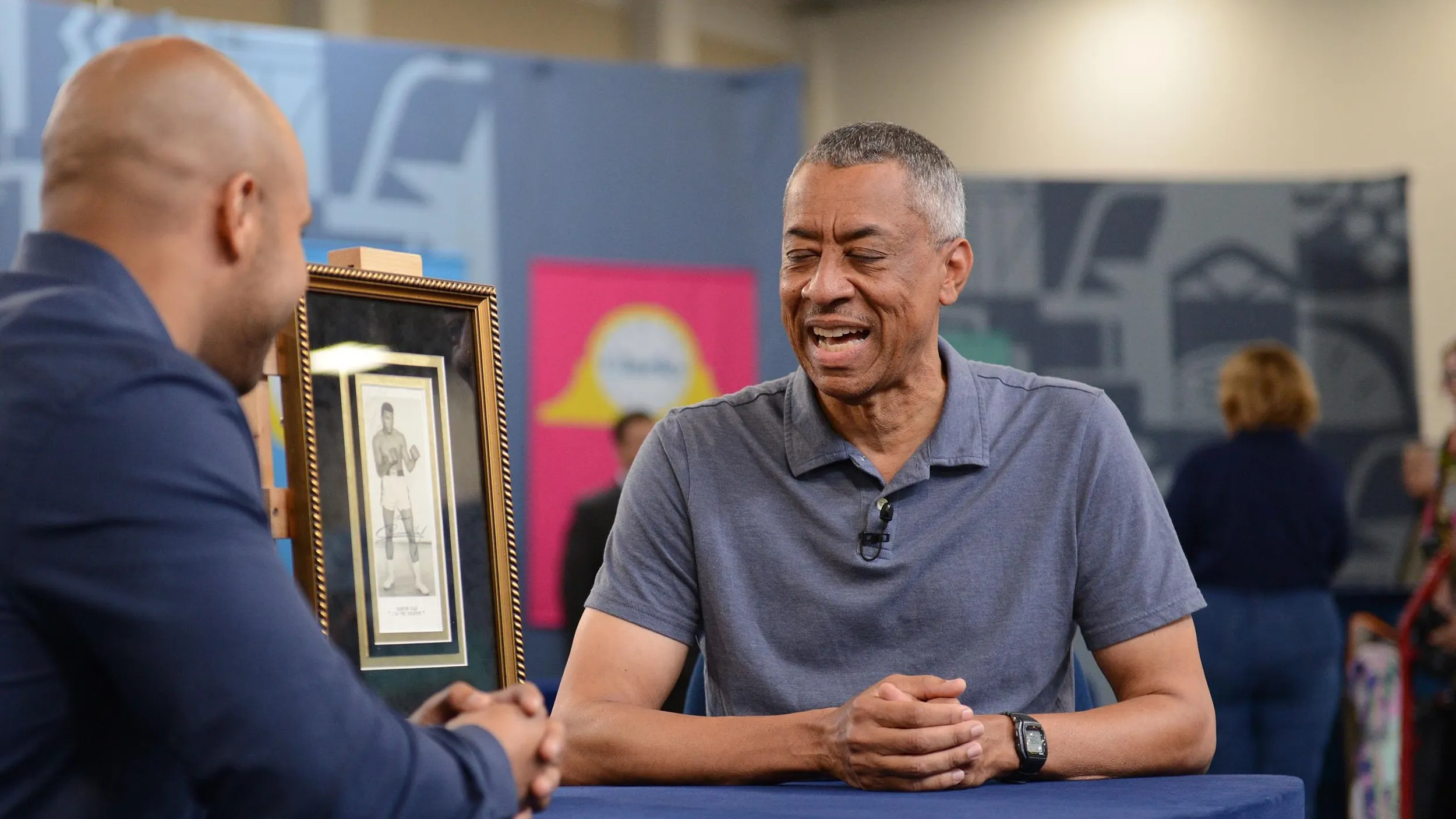GUEST: Well, we just purchased this historical... it's called Green Springs plantation.
APPRAISER: Mm-hmm.
GUEST: It was built in 1772 by Colonel Richard Morris. It was hanging in this really old part of the house-- that's where it's been for a long time, I think. There were three families: the Overtons, the Morrises, and the Taylors. And they had a lot of acreage. And so Colonel Richard Morris was the commissary for the Revolutionary War for the state of Virginia.
APPRAISER: Okay.
GUEST: And so he was friends with Patrick Henry, who came to the house. We're not sure about Jefferson, but those would have been all his contemporaries.
APPRAISER: Okay. And Green Springs, the house of Colonel Morris, is near Charlottesville, is that right?
GUEST: Yes, it's about 20 minutes east of Charlottesville, yes.
APPRAISER: Okay, and this map shows that property. Now the map says, "Map of the estate of William Morris, deceased." And who is this William Morris?
GUEST: So William would be one of the grandsons of Colonel Morris.
APPRAISER: Okay.
GUEST: And what we know about him is that he died in the Civil War at the Gaines's Mill Battle.
APPRAISER: Okay.
GUEST: And he was like early 20s. He was living at the house with his mom, and his mother died a year later.
APPRAISER: Okay, so that was during the Civil War.
GUEST: Yes.
APPRAISER: Well, this is a property map, and it was done by-- the surveyor is down here-- and was done in 1865.
GUEST: Okay.
APPRAISER: So it was right at the end of the Civil War. And of course a lot of land owners in the South were very concerned about property lines and things. With the Civil War, of course there was a lot of confusion...
GUEST: Yes.
APPRAISER: ...and competing claims of Northerners, the carpetbaggers were coming down. So it was really important, especially when the estate owner died, to have that done. So this map was commissioned, and it shows the property, which is divided into different tracts.
GUEST: Yes.
APPRAISER: And the list of the tracts are down here, and they were owned by different families. And there was the house tract, which is the tract up here.
GUEST: Okay, oh, I see.
APPRAISER: Okay, and that's the house tract. And right here it says "dwelling."
GUEST: Oh, my gosh.
APPRAISER: So I assume that is where your house is.
GUEST: I guess so.
APPRAISER: And there was a barn over here.
GUEST: It's still there.
APPRAISER: And tobacco barns along here. And, of course, what is called "quarters." And we know what kind of quarters those were before the Civil War. Those were the slave quarters.
GUEST: Colonel Morris, the grandfather, he actually married his slave, Fanny, that he had six kids with. He moved to Kentucky to free them, and then those... they became part of the Underground Railroad. He wanted them to be free, and I just think that's amazing.
APPRAISER: It shows the major buildings, the various property. And interestingly, there were two tracts he owned that were slightly separated from the main property. And he has separate maps of those-- there's one down here called the "Labby tract." And over on this side, we have the "Lime tract." And you'll notice to distinguish them, he's made it look like it's a separate piece of paper. So you can see that the paper there...
GUEST: Oh my gosh, yes, yes.
APPRAISER: ...is folded up, the corner. So it's like a separate sheet of paper. So he's done this artistically, but the important thing is all the information. Now a map like this is a picture of a particular time in history. And here we have a very historic home, and the home is on the historic register, is that right?
GUEST: Yes, part of the National Park Service.
APPRAISER: It was done on paper, mounted on canvas. You can see that it's starting to flake, and of course you have this chipping. Because it's a unique manuscript map, that kind of condition really doesn't affect the value much. It historically is priceless and unique and important, but it's got a very limited market. I think if you had this at an auction that you would probably see this go for about $3,000 to $3,500.
GUEST: Okay, okay, interesting.
APPRAISER: Possibly more if you had some people really interested in Virginia history. But it's really worth historically far more than that. And for you to find it in that home is just fabulous.
GUEST: I love it. I love it.



